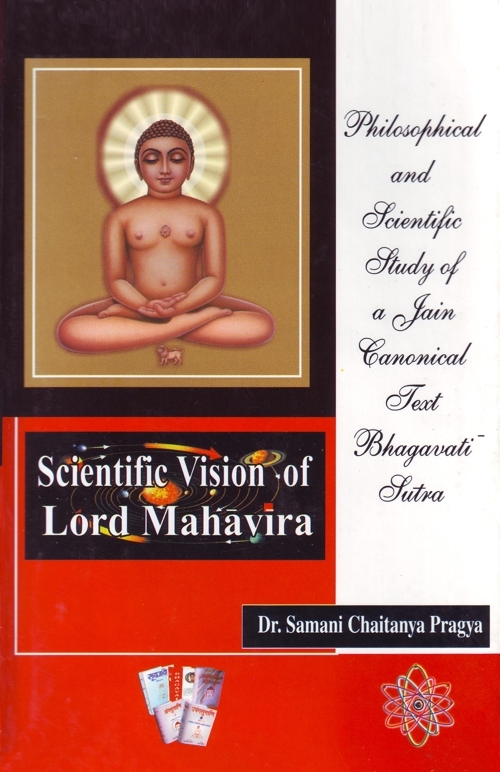Pudgala has the propensity for being dynamic or active. All forms of Pudgala whether atom or compound—do not just sit around doing nothing. In the Bh.S[80] and other scriptures,[81] the terms paryāya, pariṇāma, kriyā, Bheda and Bandha are used to show various aspects of the dynamic nature of matter. They are meant to indicate that various kinds of energies inhere in it and are potentially available in the different states of matter and each change of state is accompanied with release or transformation of energy.
Activity of matter can be seen mainly of two kinds—
- Pariṇāma i.e. maturation which does not involve motion in space.
- Kriyā i.e. which involves movements in space as motion, vibration, oscillation etc.
The word 'Pariṇāma' denotes the change of one state into another. Nothing is absolutely permanent or absolutely destructible.[82] According to the Jain thinkers, transitory and permanent attributes both co-exist in a substance.[83 ]This is the primal nature of the entire real existence. Thus, change is a universal quality of all the substances. According to Rājavārtika, pariṇāma is mutation of an entity, natural or otherwise, without affecting its own fundamental identity.[84] In the view of Siddhasena Gaṇi, pariṇāma is mutation other than vibration etc.[85]
The five pariṇāmas that are listed in the Bh.S are nothing but the main attributes of pudgala i.e. colour, taste, smell, touch and shape.[86] Paṇṇāvanā Sutra mentions ten types of pariṇāma.[87] Five of the ten are the same as found in the Bh.S and the rest are: fusion, fission, motion, sound and agurulaghu, the quality of being massless.
Temporally, mutation is two-fold: (i) without beginning and (ii) with beginning. There are a lot of mutations of Pudgala, which have a beginning. The Bh.S discusses it at length.
As it is quite clear, the Jains do not accept absolute permanence and total cessation as a fundamental nature of any object. According to them, everything is both existent and non-existent at a time. Each substance is eternal and immutable, if one examines it from the standpoint of dravya i.e. its underlying unity.[89] On the other hand, it is incessantly changing, if looked at from the viewpoint of paryāya i.e. its transitional attribute that establishes its mutability.[90] Since all objects possess both the attributes i.e. permanence and impermanence simultaneously and are therefore permanent as well as changing. In short, they are subject to the doctrine of permanence-through-modification.
Modification is a primal property of Pudgala. That is why, it is always changeable. Since change have no limit and in result modifications have no end. They can, however, be subsumed under two categories:[91]
- Artha paryāya i.e. implicit mode.
- Vyanjana-paryāya i.e. explicit mode.
The former is the intrinsic change of Pudgala. It is momentary, continuous (without pause) and incessant (timeless). It is recognised as continuous flow of an object.[92] It is totally self-interactive and not caused by anything external.[93] This implicit mode is neither perceivable nor explicable.[94]
On the other hand, explicit mode is both intrinsic as well as extrinsic. It has a duration.[95] It is, in fact, an event in the object at a particular time. Besides, the molecular integration and disintegration, that occur every moment in a physical object, have a determinate state of existence. For example, we can take a table that exists in its table-form for certain duration of time. This state of being a table is an explicit modification of Pudgala.
Thus, both modes have different attributes. The explicit mode is gross, lasting for some time and can be expressed at the verbal level. While the implicit mode, on the other hand, is subtle, lasting for only one unit of time and inexpressible.
From another angle the modes are of two types:[96]
- Svabhāva-paryāya—that is due to self-interaction.
- Vibhāva-paryāya—that is due to interaction with other substances.
Implicit mode comes into the category of svabhāva paryāya, while explicit mode is svabhāva and vibhāva both.
 Dr. Samani Chaitanya Pragya
Dr. Samani Chaitanya Pragya

